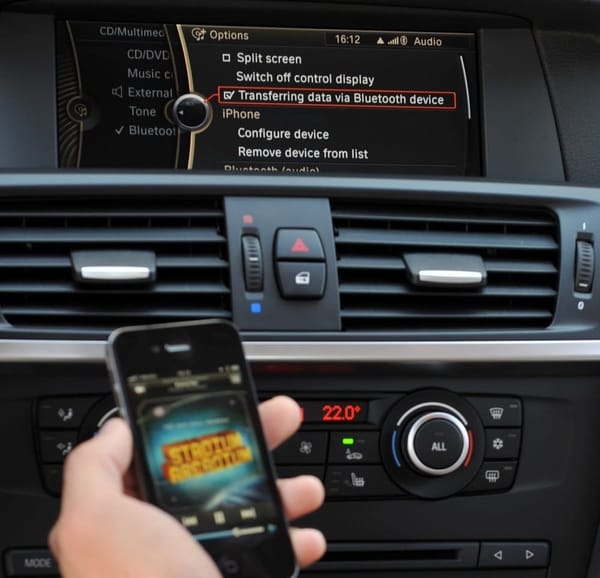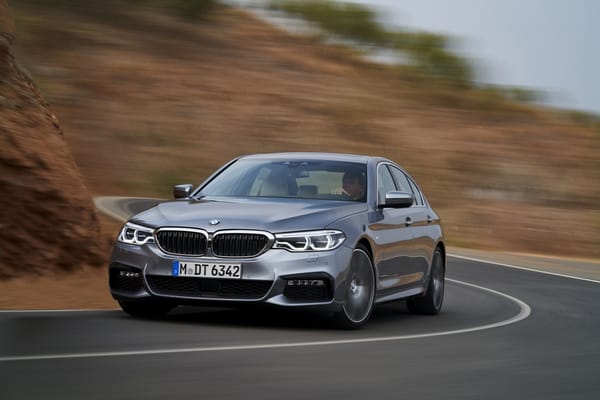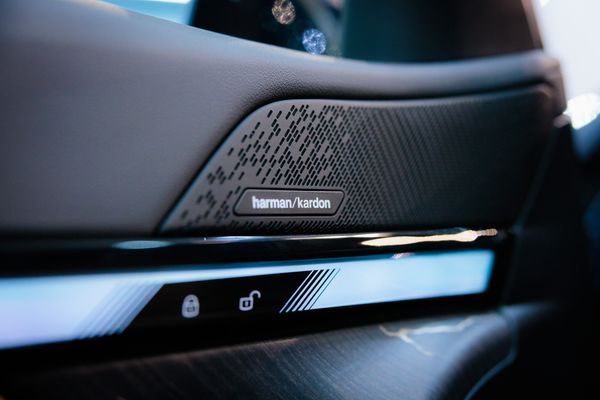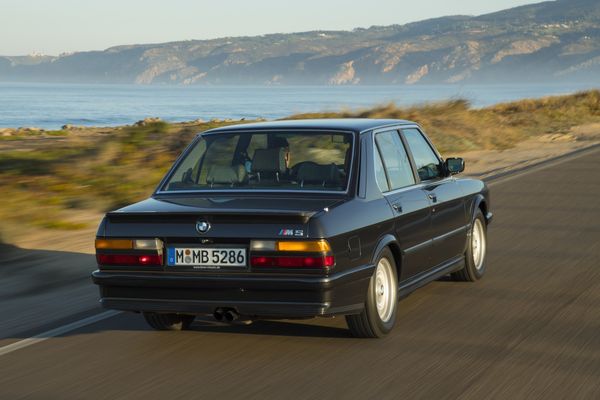Harmonizing the N54: Unraveling the Wastegate Rattle Symphony
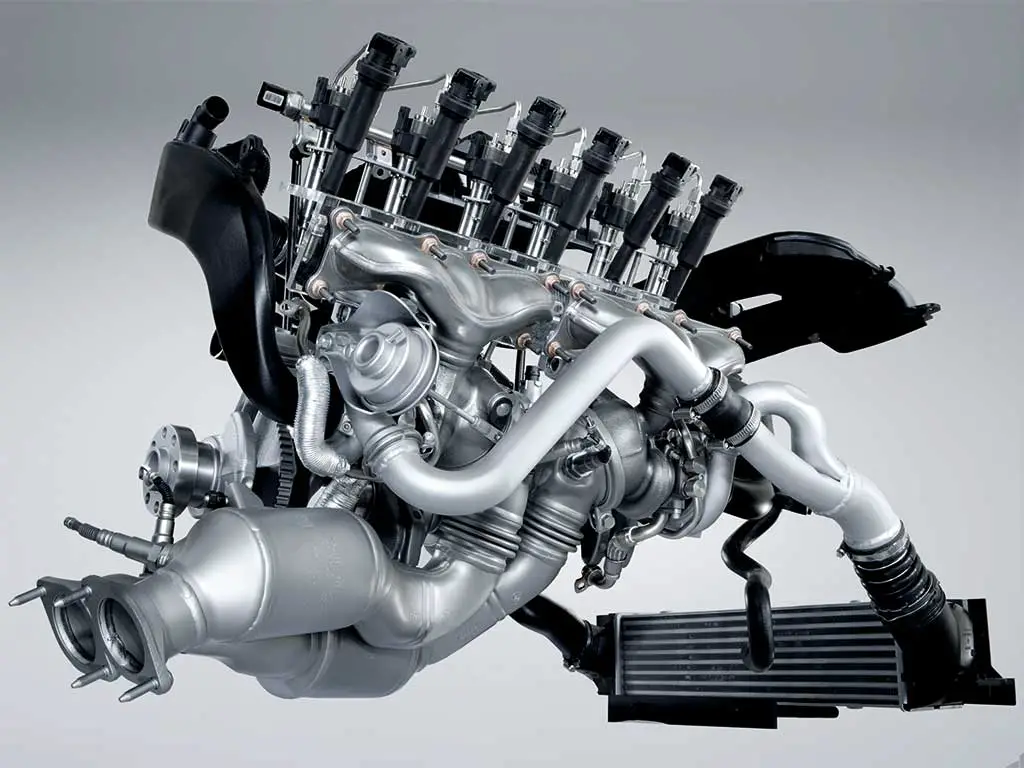
So, you've got a BMW N54 under the hood? Lucky you! It's no secret that the BMW N54 is an engineering marvel.
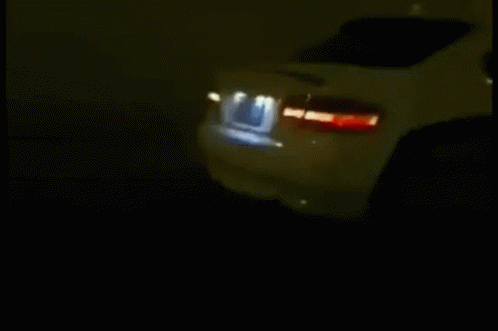
This engine has strutted its stuff across countless award ceremonies, grabbing accolades for its brute power, stellar efficiency, and sheer performance.
But, as with all great things, it’s not without its quirks.
If you’ve ever heard a sound reminiscent of a tin can filled with marbles coming from your engine bay, you're not alone.
That, my friend, is the notorious N54 wastegate rattle serenading you. But fear not! Strap in, because we’re about to deep dive into the world of N54 and its infamous wastegate rattle.
Let’s explore, shall we?
The N54 Engine and Wastegate: Background and Function
Alright, gearheads and casual enthusiasts alike, let's get into the nitty-gritty. The N54 engine is a 3.0-liter, inline-six stunner that first graced the automotive world back in 2006.
And boy, did it make an entrance!
Almost immediately, it became the talk of the town, revered for its twin-turbocharged prowess.
But what's the magic behind this beast?
Enter the wastegate.
Imagine the wastegate as the conductor of an orchestra, but instead of controlling violins and cellos, it’s managing the symphony of exhaust gases. At the core of this N54's twin-turbocharging system is our maestro—the wastegate.
Its main gig?
Making sure the turbocharger doesn't get too greedy and bite off more than it can chew. When things are cruising smoothly, the wastegate remains closed, guiding exhaust gases through the turbocharger for that sweet, sweet boost.
But if the pressure starts to get a bit too high-pitched (or high-pressured, in this case), our conductor opens up, diverting some of those gases away, ensuring we don't end up with a blown engine encore.
In simpler terms?
The wastegate is like that bouncer at your favorite club – letting the right amount of people (or in this case, gases) in and ensuring things don't get out of hand.

It's all about balance, baby.
Causes and Symptoms of the Wastegate Rattle
Alright, let's shift gears and talk about that pesky rattle. Every engine has its quirks, and for our beloved N54, it's the wastegate rattle that takes the spotlight. Think of it as that one off-key violin in an otherwise perfect orchestra – not exactly music to our ears.

What's causing the ruckus?
Well, primarily, the culprits are the wastegate bushings, flapper arms, and actuator rod ends. Over time, just like your favorite pair of sneakers, these parts can wear out.
When they do, they develop what's known as "excessive play." Picture it like a loose guitar string – it just doesn't sound right.
Alright, but what does this rattle sound (and feel) like?
If you're cruising in your BMW and you start to notice:
- A rattling noise that's especially pronounced at idle or under light acceleration (think of it as the automotive version of a throat-clearing cough).
- Boost levels that can't make up their mind, fluctuating like a yo-yo.
- A sudden appearance from the dreaded check engine light (with possible fault codes hinting at wastegate and charging control shenanigans).
- And, the cherry on top: a dip in your fuel efficiency.
... then, my friend, you might just be dealing with the infamous wastegate rattle.
But don't lose hope just yet; recognizing the problem is the first step to finding a solution.
And I'm here to help you do just that!
Diagnosing the Wastegate Rattle in BMW N54 Engines
Time to put on our detective hats and get down to some investigative work. If the N54 wastegate rattle were a mystery novel, this section would be where we gather all our clues.
Step 1: Verify the Issue
Before you jump to conclusions, let's be sure. The wastegate rattle has a distinct sound, most noticeable when you're idling or giving the accelerator a light tap. It's like a metallic symphony that's lost its rhythm.
Step 2: The Visual Inspection
Pop the hood and give your engine a good look-over. Your main focus? The wastegate actuator rod and linkage. These parts should be snug, not loose like an untied shoelace. Gently wiggle the actuator rod and flapper's arm. If there's too much play, that's a red flag.
Step 3: Scan for Clues (Fault Codes)
Grab a BMW-compatible diagnostic tool (or visit a technician if you don't have one) and scan that engine control module. If it throws codes related to the wastegate or turbocharger, you're on the right track.
Step 4: Watch the Wastegate in Action
Time for some live-action! With your engine running, observe the wastegate actuator. Is it moving as it should? You can use a diagnostic tool or trust your keen eyesight.
Step 5: The Road Test
Finally, take your BMW for a spin. Feel the boost levels during acceleration. If it feels like the turbo's taking you on a roller coaster ride, there might be a wastegate issue.

There you have it – a step-by-step guide to unraveling the mystery of the N54 wastegate rattle. Remember, just like any good detective story, the key is to be observant and thorough.
Solutions to the Wastegate Rattle
So, we've identified the sneaky culprit behind those unsettling sounds from your N54. Now, let's talk remedies. Think of this section as the playbook for restoring harmony to your BMW's engine.
A. Temporary Fixes: The Band-Aids
Adjusting the Wastegate Actuator Rod
Consider this the chiropractic adjustment for your BMW – a little tweak here and there to set things right.
Steps to get it done:
- Find the wastegate actuator. It's usually on the turbocharger housing, looking somewhat like a metal cylinder with a rod sticking out.
- Check for play. Give the actuator rod and flapper's arm a gentle wiggle. Too loose? Time for an adjustment.
- Disconnect the actuator rod. This usually involves removing a clip or nut that keeps the rod end secured.
- Time to adjust! Rotate the rod end: clockwise to shorten, counterclockwise to lengthen. It's like tuning a guitar, finding the perfect pitch (or tension).
Remember, this is a temporary gig. Over time, as wear and tear continue, the rattle might return for an encore.
B. Permanent Solutions: The Full Concert
Replacing the Wastegate Assembly
For those seeking a long-term solution, this is akin to replacing a worn-out guitar string. It's all about ensuring that every part of the engine plays its tune perfectly.
- If your BMW was produced between 10/2007 and 02/2008, consider swapping out the old wastegate assembly for an updated version.
Replacing the Turbocharger Assembly
For the extreme enthusiasts or those with a BMW produced post-03/2008, consider this the complete renovation. A brand-new turbocharger assembly can make that wastegate rattle a distant memory.
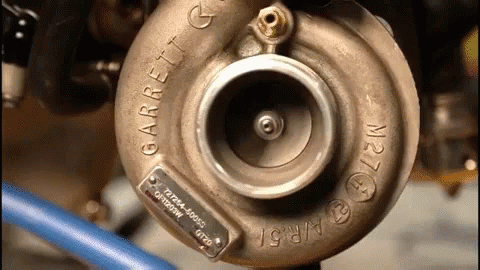
Upgrades: The VIP Experience
Aftermarket Wastegate: For those who want the best of the best, consider upgrading to a high-quality aftermarket wastegate. Think of it as the luxury suite of wastegates – designed for durability and peak performance.
Rebuilding the Turbochargers: For the perfectionists out there, rebuild or replace the turbochargers. It's a substantial investment, but think of it as buying front-row seats to the best concert in town: unparalleled performance from your BMW.
Whichever path you choose, the goal remains the same: to restore the impeccable performance of your N54 engine and ensure its tunes remain melodious.
Other BMW Engines with the Wastegate Rattle Issue
You might be thinking, "Is my N54 the only BMW engine that loves to play this rattling tune?" Well, let's dive into the broader world of BMW and discover which other engines might occasionally hit the wrong note.
BMW N55 Engine
This 3.0-liter, inline-six, single-turbocharged engine is like the N54's younger sibling, inheriting both the good genes and some of the quirks. While it shares design elements with the N54, its wastegate rattle performances are fewer and generally less dramatic.
BMW N20 Engine
Think of the N20 as the N54's cousin from the city. It's a 2.0-liter, inline-four, single-turbocharged engine, and occasionally, it too might hum the wastegate rattle tune, albeit less frequently.
BMW N63 Engine
The big guy in the family, the N63 is a 4.4-liter, V8, twin-turbocharged engine. And just like any family reunion, it sometimes chimes in with its own version of the wastegate rattle, especially in its earlier models.
A quick note for all you BMW owners: not every engine in these families will serenade you with the wastegate rattle.
It's a bit of a lottery, with factors like manufacturing nuances, how you drive, and maintenance playing their parts.
But if you ever hear that distinctive rattle, regardless of the model, it's always a good idea to consult with a BMW maestro (read: technician) for a proper tune-up.
Conclusion
And there we have it, folks! From the highs of the N54's performance to the lows of its wastegate rattle, we've journeyed through the symphony of this iconic engine.
It's clear that while the BMW N54 engine has its quirks, its reputation as a powerhouse in the automotive world is well-deserved.
The wastegate rattle, as pesky as it can be, is just a small hiccup in the grand scheme of things.
With a little attention, care, and the right tune-up, your BMW can continue to roar (or purr) on the road, delivering that thrilling performance that has made many of us fall head over heels.
To wrap it up: Yes, the N54 wastegate rattle can be a bother, but with the right knowledge and solutions at your fingertips, it's a hurdle easily overcome. So here's to many more miles of smooth, exhilarating drives in your BMW. After all, isn't that what owning a Beemer is all about?
Keep those engines revving and those tunes harmonious!


